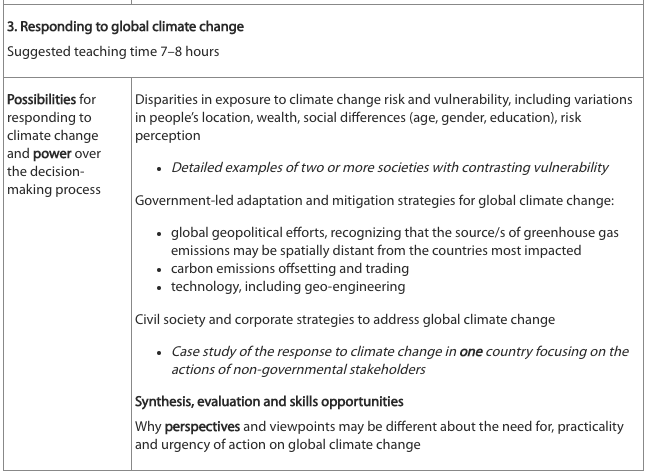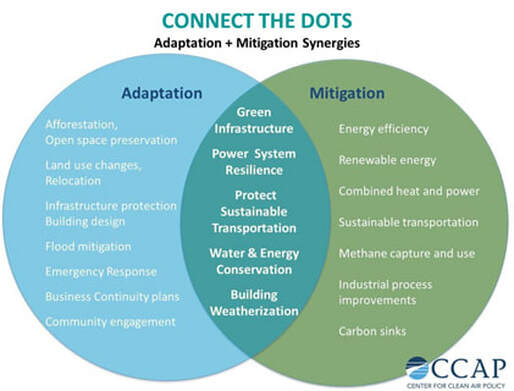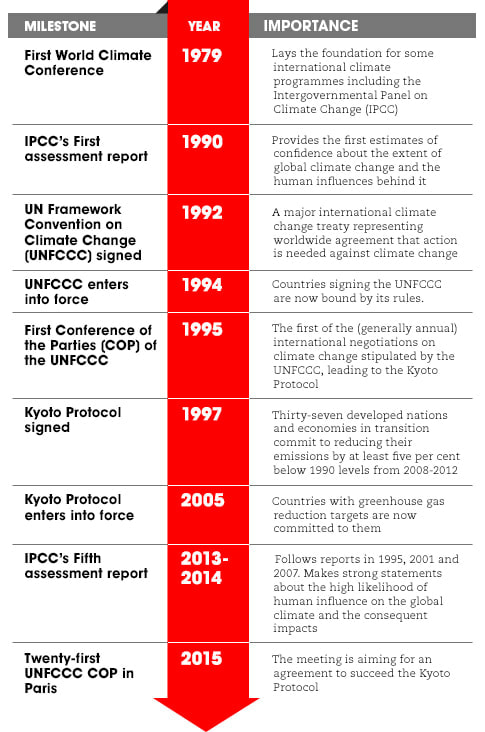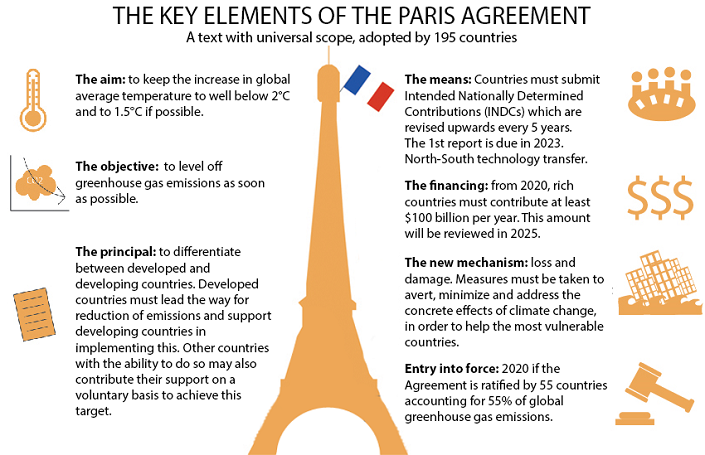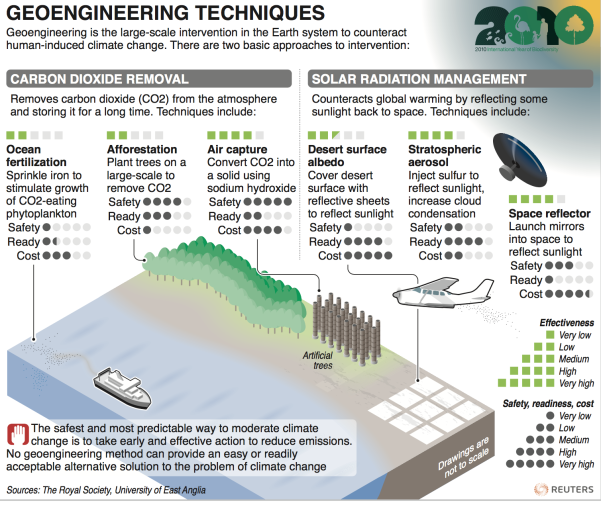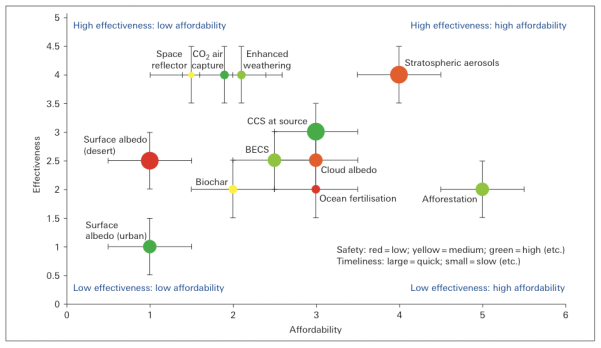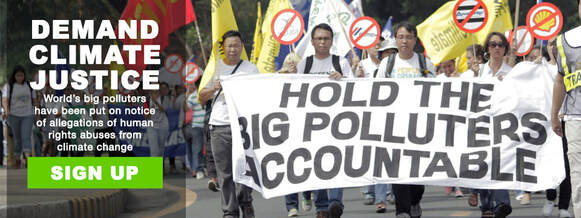3. Responding to global climate change
Syllabus Link: Possibilities for responding to climate change
and power over the decision-making process
|
|
|
|
Article: We have 12 years to limit climate change catastrophe
Article: Climate fear or climate hope?
Quiz: The most effective ways to curb climate change
Disparities in Exposure to Climate Change
Disparities in exposure to climate change risk and vulnerability, including variations in people’s location, wealth, social differences (age, gender, education), risk perception
|
|
|
Article: Heat, the next big inequality issue
Website: Global climate risk index 2019
Website: The carbon map
Detailed examples of two or more societies with contrasting vulnerability
|
|
|
|
Activity: Case study of climate change
Reading: Climate change vulnerability in Thailand
Research: Climate change impact on Thai rice production
Article: It's all changing - Inuit struggle in a warming world
Article: Impacts on the Arctic people
Article: Climate change inequality in the USA
Reading: Climate change vulnerability in Thailand
Research: Climate change impact on Thai rice production
Article: It's all changing - Inuit struggle in a warming world
Article: Impacts on the Arctic people
Article: Climate change inequality in the USA
Government Led Mitigation & Adaptation Strategies
|
|
|
Government-led adaptation and mitigation strategies for global climate change:
Webpage: The 3 pillars of response to climate change
Reading: Government led response to climate change
Website: UN framework on climate change
|
|
|
|
Global geopolitical efforts, recognizing that the source/s of greenhouse gas emissions may be spatially distant from the countries most impacted
|
|
|
|
|
|
|
|
|
|
|
Carbon emissions offsetting and trading
|
|
|
|
Technology, including geo-engineering
Activity: Geoengineering technique evaluation
Wiki: Geo (Climate) engineering
Reading: Geo-engineering must be used to combat climate change
Interactive: Identifying geo-engineering strategies
|
|
|
|
|
|
|
|
Civil Society & Corporate Led Strategies
Civil society and corporate strategies to address global climate change
Corporate Strategies
|
|
|
Article: Ikea - How we are part of the solution
Webpage: Climate change responsibilities
Article: Ikea sets new climate goals
IKEA position on EU 2030 pa... by on Scribd
Civil Society Strategies
|
|
|
|
Reading: Civil society strategies to address global climate change
Reading: Corporate strategies to address climate change
Webpage: Greenpeace - Stop climate change
Ranking: Top 10 climate change campaigns
|
|
|
|
Case study of the response to climate change in one country focusing on the actions of non-governmental stakeholders
Note Sheet: Sweden climate change case study
Webpage: Sweden tackles climate change
Article: Sweden passes law to be carbon neutral by 2045
Article: The beginning of great change
Article: Meet the teenagers skipping school to fight for a cleaner planet
|
|
|
|

